Driving in snow presents unique challenges that demand specific precautions beyond the usual measures taken for safe driving. While many drivers are aware of the basic requirements, such as equipping vehicles with winter tires and keeping a safe distance from the car ahead, there are several easy-to-forget tips that can significantly enhance safety on snow-covered roads. This blog post delves into these often-overlooked strategies, providing drivers with the knowledge needed to navigate winter conditions more effectively. Understanding and implementing these tips can make a substantial difference in preventing accidents and ensuring a safer journey during the snowy months.
Contents
Prepare Your Vehicle
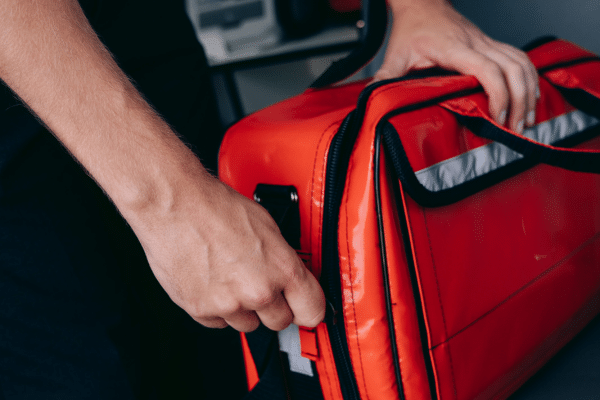
Before embarking on a journey in snow, a thorough vehicle check is essential to ensure it is properly equipped to handle the conditions. This includes verifying that the battery is fully charged, as cold weather can significantly reduce its performance. The antifreeze levels should be checked to prevent the engine from freezing, and tires should be inspected for adequate tread depth and proper inflation. Winter tires, which are designed to provide better traction in cold, snowy conditions, are highly recommended for those in regions experiencing severe winter weather.
Equally important is the preparation of an emergency kit tailored for winter driving. This kit should include items such as blankets, a flashlight, a first-aid kit, extra batteries, water, and non-perishable snacks. Additionally, carrying sand or cat litter can assist with traction if the vehicle becomes stuck, while a shovel and ice scraper are indispensable for clearing snow and ice from the vehicle. Preparing for the worst-case scenario with a well-equipped vehicle can make all the difference in handling unexpected situations during winter drives.
Drive Slow And Steady
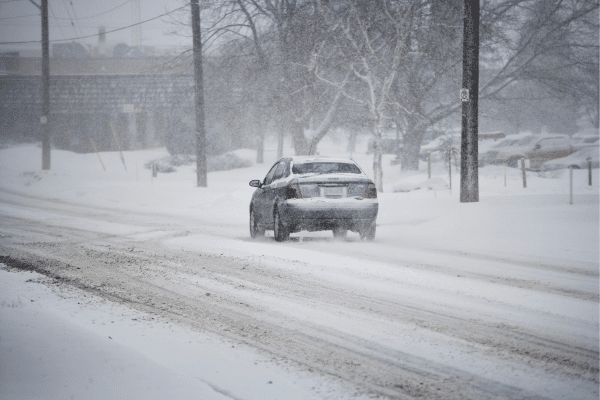
Navigating snow-covered roads requires a deliberate approach to speed and vehicle control. Snow and ice dramatically reduce the friction between tires and the road surface, making it easier for vehicles to lose traction and control. Driving at a slower pace allows for more reaction time and helps maintain control, especially in unexpected situations. Additionally, applying brakes gently and accelerating slowly are crucial practices. Sudden movements can lead to skidding or sliding, increasing the likelihood of accidents. Adopting a slow and steady driving style in snowy conditions is not just advisable; it’s essential for safety.
Maintaining a steady pace on snow-covered roads also aids in conserving momentum. On uphill stretches, for instance, too slow a speed can result in a vehicle becoming stuck, while too fast a speed may cause tires to spin out. The key is to find a balance that allows for continuous movement without overexerting the vehicle’s capabilities. Equally important is the approach to downhill sections, where gravity can lead to unintended acceleration. Here, allowing the vehicle to descend slowly and using engine braking when possible can help manage speed without relying heavily on the brakes, thereby reducing the risk of skidding.
Stay Alert And Focused
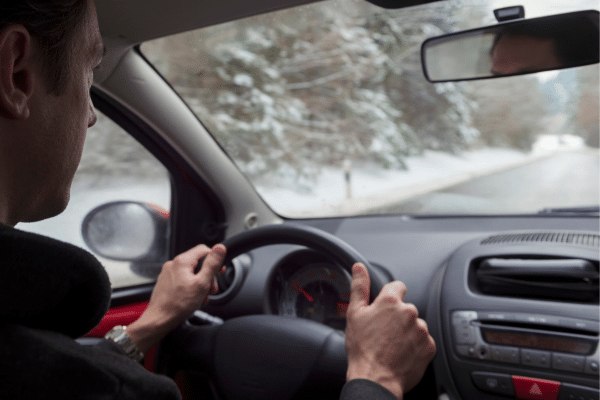
Snowy conditions often come with reduced visibility and unpredictable road situations, making it imperative for drivers to remain alert and focused. Distractions are a major cause of accidents, and in the context of winter driving, the stakes are even higher. Keeping eyes on the road, monitoring the movements of other vehicles, and being aware of the surroundings can help in anticipating potential hazards. For example, recognizing the early signs of black ice or noticing the brake lights of a car ahead early can provide valuable seconds to react appropriately.
Enhancing focus on long drives involves several strategies. Regular breaks are essential to prevent fatigue, which can dull reaction times and impair judgment. During these breaks, stretching and taking a few moments to rest can rejuvenate a driver’s alertness. Furthermore, minimizing in-car distractions is vital. This means setting up navigation and music before departure, avoiding the use of mobile phones, and keeping conversations with passengers to a level that does not divert attention from driving tasks. Concentration is key to navigating through snow safely, and every measure taken to improve it contributes to a safer journey.
Increase Following Distances
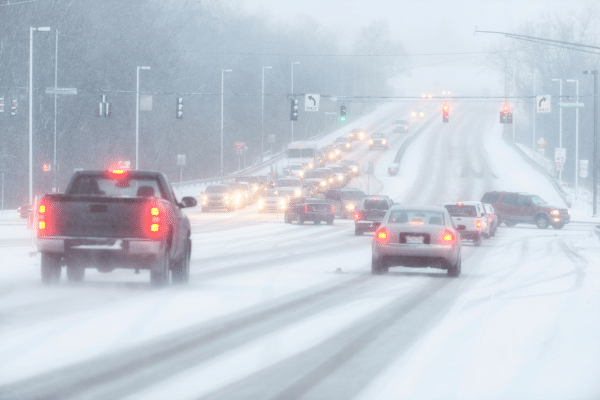
The distance maintained between vehicles on snowy roads is a critical factor in preventing collisions. Snow and ice can triple the normal stopping distance required on dry pavement, necessitating increased following distances. This additional space provides drivers with more time to react to the actions of the vehicle ahead and adjust accordingly. It’s a simple yet effective measure that can prevent rear-end collisions, one of the most common types of accidents in poor weather conditions. Drivers should adjust their following distance based on the severity of the weather, with heavier snowfall and icier conditions requiring even more space.
Calculating a safe following distance on snow-covered roads can involve the use of time-based methods, such as the “three-second rule” extended to five or even ten seconds, depending on conditions. This method involves choosing a fixed point that the vehicle ahead passes, then counting the seconds it takes for your vehicle to reach the same point. If the time is less than the recommended seconds, slowing down to increase the distance is necessary. This practice, combined with attentive driving and anticipation of possible hazards, forms a comprehensive approach to maintaining safety on snowy roads.
Use Your Lights Wisely

In snowy conditions, visibility is paramount, not just for the driver but also for ensuring that other road users can see the vehicle. Headlights play a crucial role in this, and using them correctly can greatly improve safety. During heavy snowfall or in foggy conditions, low beams are more effective as they reduce glare and increase the vehicle’s visibility to others. Additionally, keeping the lights clean of snow and ice before setting off ensures they function at their best, providing maximum visibility and allowing for safe navigation through challenging conditions.
The use of tail lights and, if available, fog lights, is equally important in enhancing a vehicle’s visibility from behind. Fog lights are designed to cut through adverse weather conditions and improve visibility both for the driver and for other road users. However, it’s essential to use these lights appropriately to avoid blinding other drivers, especially when using high beams in the presence of oncoming traffic. Regular checks to ensure all lights are working correctly is a simple yet effective measure that supports safe driving in snow. These practices not only contribute to personal safety but also aid in the collective safety of all road users in snowy environments.
Know How To Handle Skids
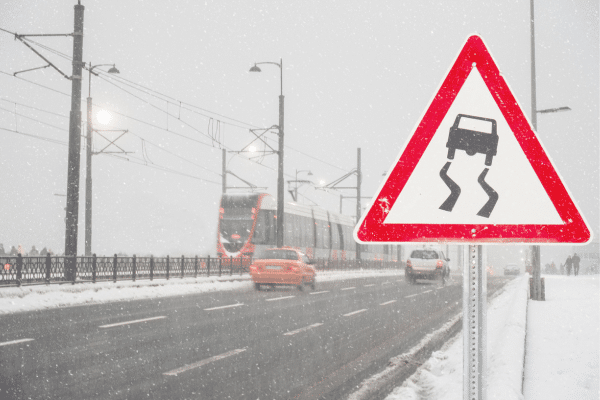
Understanding how to control a vehicle during a skid is a critical skill for driving in snow. When a vehicle begins to skid, the natural instinct to panic and brake hard can actually exacerbate the situation. Instead, easing off the accelerator and steering in the direction of the skid can help regain control. This means if the rear of the car is sliding to the right, steering to the right can realign the vehicle’s direction of travel. It’s crucial not to oversteer or make sudden movements, as these can lead to a loss of control.
Different types of vehicles and drivetrains respond differently to skids, making it essential for drivers to familiarize themselves with their vehicle’s specific handling characteristics in snowy conditions. For example, front-wheel-drive vehicles tend to understeer, while rear-wheel-drive vehicles are more prone to oversteer. Practicing in a safe, open area, such as an empty parking lot covered in snow, can be invaluable for understanding how a vehicle responds to skids. This hands-on experience builds confidence and skill, which can make a significant difference in real-world winter driving situations.
The Bottom Line
Driving in snow requires careful preparation, patience, and a willingness to adapt to changing conditions. By employing strategies such as driving slowly and steadily, staying alert, increasing following distances, using lights correctly, understanding how to handle skids, preparing the vehicle, and knowing when to stop, drivers can significantly reduce the risks associated with winter driving. Each tip serves as a building block towards creating a safer driving environment for everyone on the road. Ultimately, the goal is to ensure that journeys made during snowy conditions are as safe as possible, with the well-being of all road users kept at the forefront of considerations.


